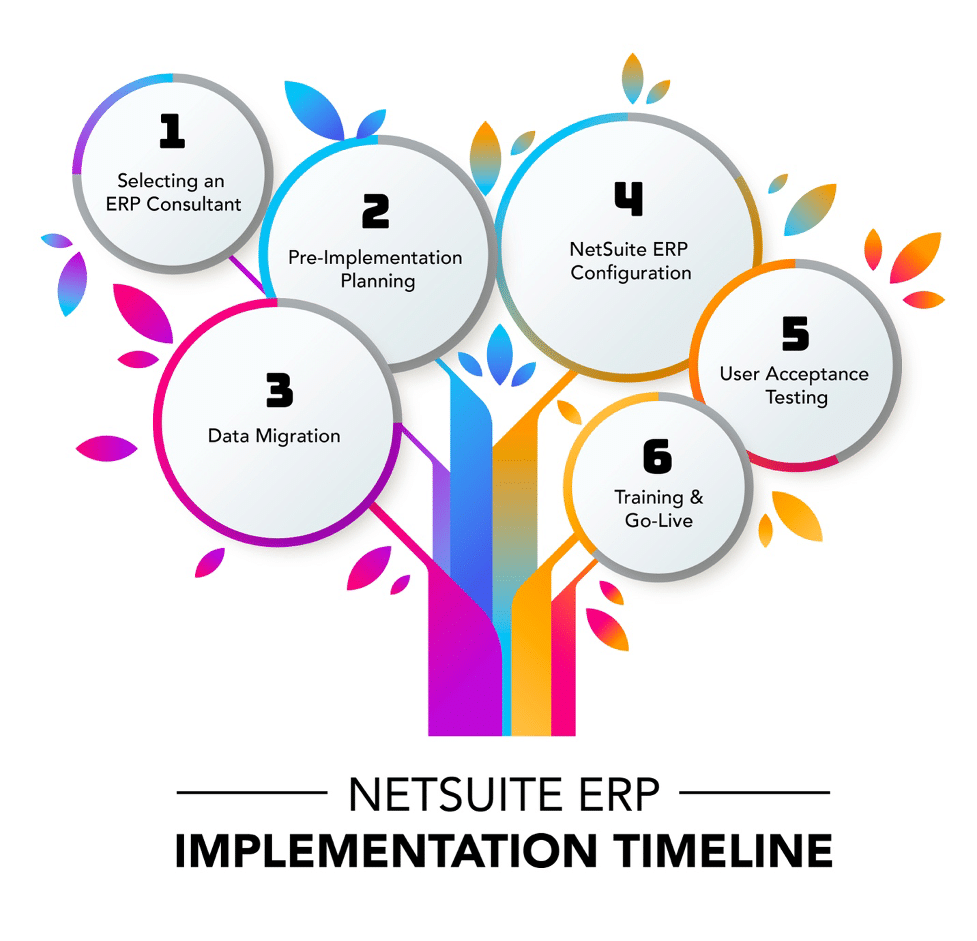If you are considering NetSuite ERP implementation for your business, it is essential to understand the timeline involved in the process. Planning and implementing an ERP system is a complex project that requires careful planning, management, and execution. This blog post will discuss what to expect during the NetSuite ERP implementation timeline and how to plan for it.
Step 1: Selecting an ERP Consultant
The first step in NetSuite ERP implementation is selecting an ERP consultant who will help guide you through the process. Your ERP consultant will work with you to identify your business requirements, provide recommendations, and help you develop an implementation plan. Choosing a reputable and experienced ERP consultant with a deep understanding of NetSuite ERP implementation is essential.
Step 2: Pre-Implementation Planning
Once you have selected an ERP consultant, the next step is to develop a pre-implementation plan. During this stage, you will work with your ERP consultant to identify the implementation’s goals, scope, and objectives. You will also determine the key stakeholders involved in the implementation and develop a project plan with timelines, milestones, and deliverables.
Step 3: Data Migration
The next step in the NetSuite ERP implementation timeline is data migration. During this stage, you will work with your ERP consultant to extract data from your existing systems and migrate it to NetSuite. Data migration is a critical step in the implementation process and ensuring that the data is accurate and complete is essential.
Step 4: NetSuite ERP Configuration
After the data migration, your ERP consultant will begin configuring NetSuite ERP to meet your business requirements. This stage involves setting up financials, inventory, and order management modules and customizing the system to fit your needs. Your ERP consultant will work with you to ensure the configuration meets your business requirements and provides the necessary functionality.
Step 5: User Acceptance Testing
Once the configuration is complete, the next step in the NetSuite ERP implementation timeline is user acceptance testing (UAT). During this stage, your ERP consultant will work with your team to test the system and ensure it meets your business requirements. Any issues or defects will be identified and resolved during this stage.
Step 6: Training and Go-Live
The final step in the NetSuite ERP implementation timeline is training and go-live. During this stage, your ERP consultant will train your team on how to use the system and ensure that they are comfortable with the new system. Your ERP consultant will also work with you to develop a go-live plan, which includes a schedule for when the system will go live and any additional support that may be required.

NetSuite Pricing
When planning for NetSuite ERP implementation, it is essential to consider the cost of the system. NetSuite pricing varies depending on the size of your business and the modules you require. Working with your ERP consultant to develop a budget and identify any additional costs that may arise during the implementation process is essential.
In conclusion, NetSuite ERP implementation is a complex project that requires careful planning and execution. By working with an experienced ERP consultant and understanding the NetSuite ERP implementation timeline, you can ensure that the implementation process is successful and meets your business requirements.

